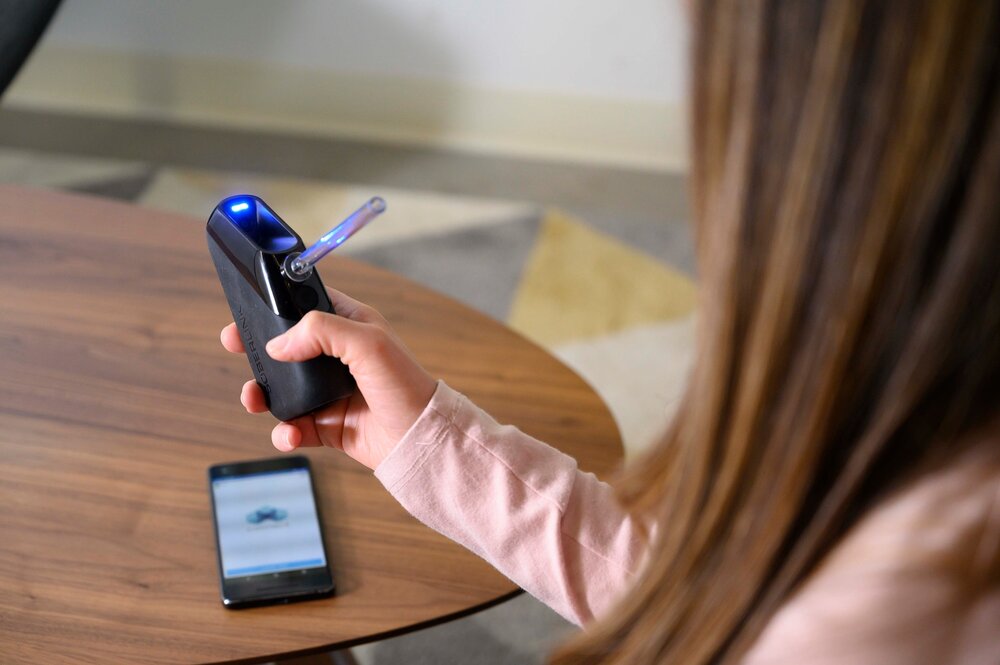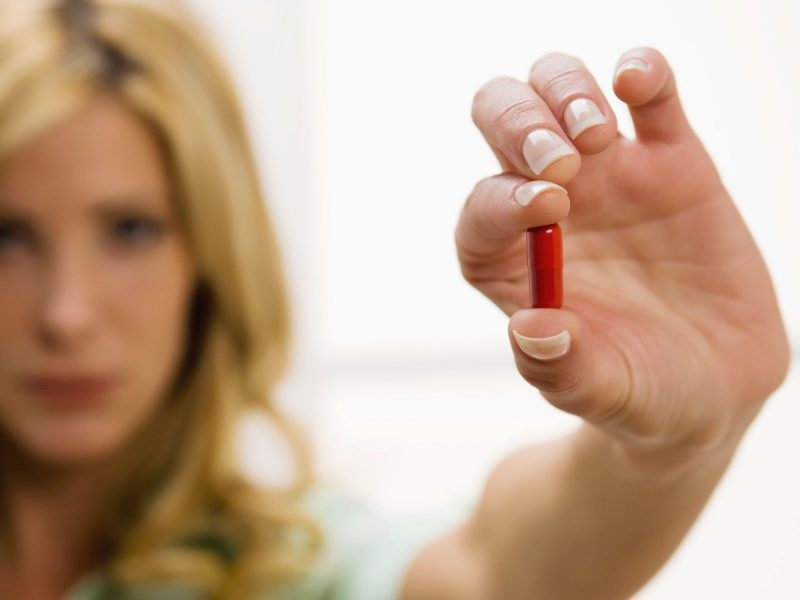
Annual mammograms are important. These can easily detect cancer at early stages (when it is highly treatable). Mammograms are effective in showing any breast changes up to 2 years prior to patient may feel them. Hence, these can prevent any need for extensive treatment usually prescribed for advanced cancers. In most cases, mammograms increase chances of breast conservation. The process plays a vital role in taking care of your breasts and overall health.
If you are a newbie, understanding the process will help you go through it smoothly:
Preparing for a Mammogram
– It is good to choose a facility that specializes in mammograms. Make sure the facility undertakes several mammograms a day.
– Visit the same facility each year so that the results can be compared.
– On your first visit, it is suggested to bring a list of the places and dates of biopsies, mammograms, or any other breast treatments you had gone through in the past.

– Carry records for mammogram done at any other facility. This will help in comparison of old pictures with the new ones.
– Make sure your breasts are not swollen or tender when scheduling for mammogram. This is important to reduce discomfort and acquire quality pictures.
– Avoid scheduling mammogram a week before your period.
– Strictly avoid wearing antiperspirant or deodorant. These are known to contain substances capable of showing up as white colored spots on x-ray. You may apply it after the examination.
– Wearing a skirt or pants will make it easier for you to go through the process. This way, you only require removing your bra and top for mammogram.
– It really helps to discuss any recent issues or changes you noticed in your breasts. You need to discuss about this with your health care provider prior to getting the mammogram.
– Don’t get scared. Mammograms are meant to save your life. Best magazines for women and
reports have revealed that only 2 to 4 screening mammograms in around one thousand had led to a diagnosis of breast cancer.
How to Get Good Quality Mammogram?
Here are some tips to help you get a high quality mammogram:
Tip 1: It is always best to describe any changes or issues related to breast to the technologist who is doing the mammogram.
Tip 2: Make sure you describe any medical history that may affect your risk of getting breast cancer. These include use of hormone, surgery, breast cancer in family, or if you had breast cancer in the past.
Tip 3: Prior to getting any type of imaging test, let the technologist know if you are pregnant or breastfeeding.
Screening Mammogram – What to Expect?
– You require undressing fully above the waist. The facility will provide you with a wrap to wear.
– Your breasts will be positioned by a technologist for mammogram.
– During a mammogram, you and the technologist are the only ones present inside the room.
– The breast needs to be flattened to facilitate a very high-quality picture. To make this possible, your technologist will place your breast on the plate of machine. Thereafter, the upper plate made of plastic gets lowered to compress your breast. This is done for a few seconds as the technologist takes picture.
– The entire process takes around 20 minutes. The compression of breast lasts only for a few seconds.
– It is natural to feel some kind of discomfort while your breasts are being compressed. Some women might find this process painful. You should tell the technologist if the process hurts.
– The technologist will take two views of each breast. More pictures are necessary for some women with large breasts, breast implants etc.
Diagnostic Mammogram – What to Expect?
– Usually, diagnostic mammogram is done when a woman shows symptoms of breast cancer or some changes are seen on screening mammogram.
– Pictures are taken while performing this mammogram. The major focus is on the area that showed changes on screening mammogram. Radiologist will check the images and more pictures are taken if required to assess an area of concern. Magnification views or spot images are also taken under some situations. This helps magnify smaller area of concern which becomes easier to see.









